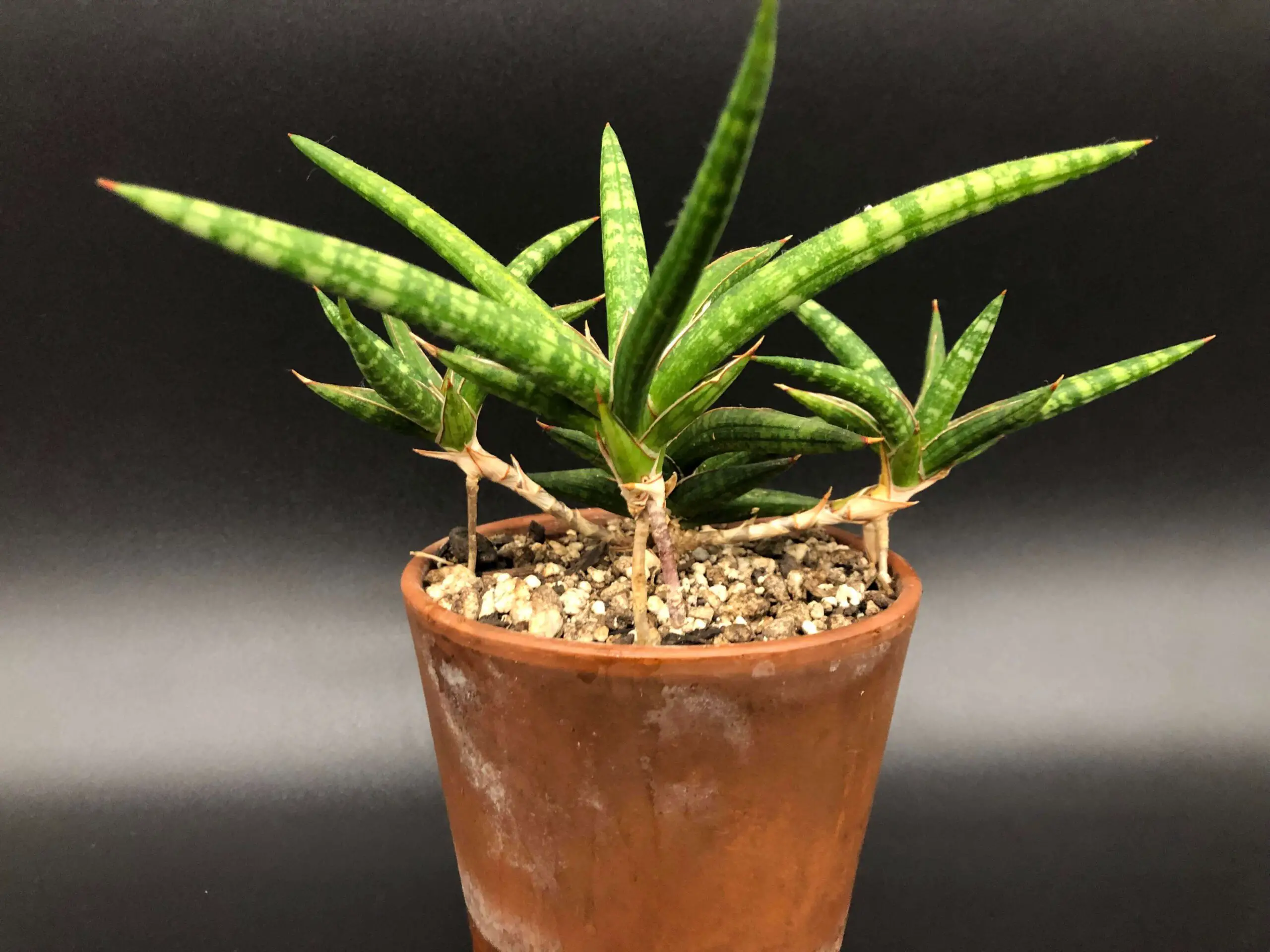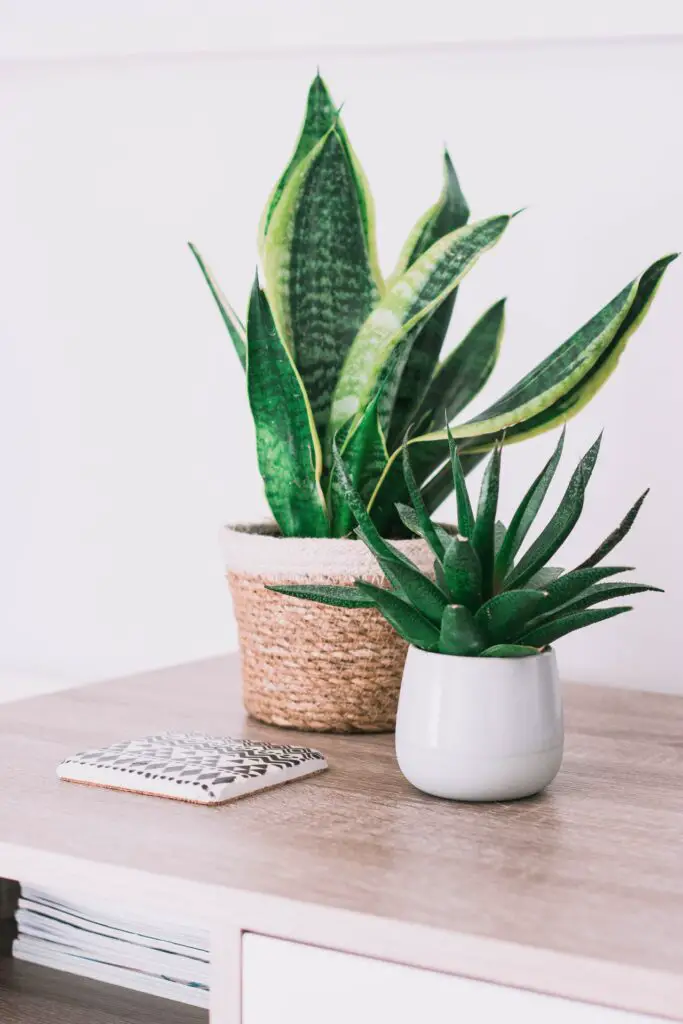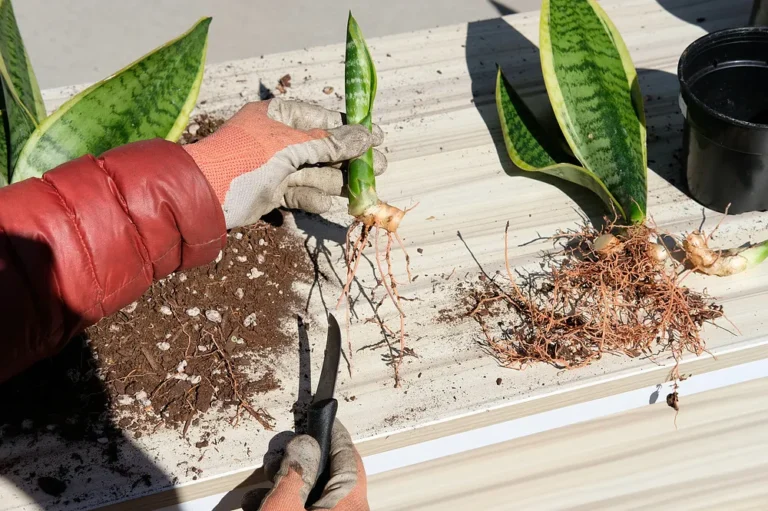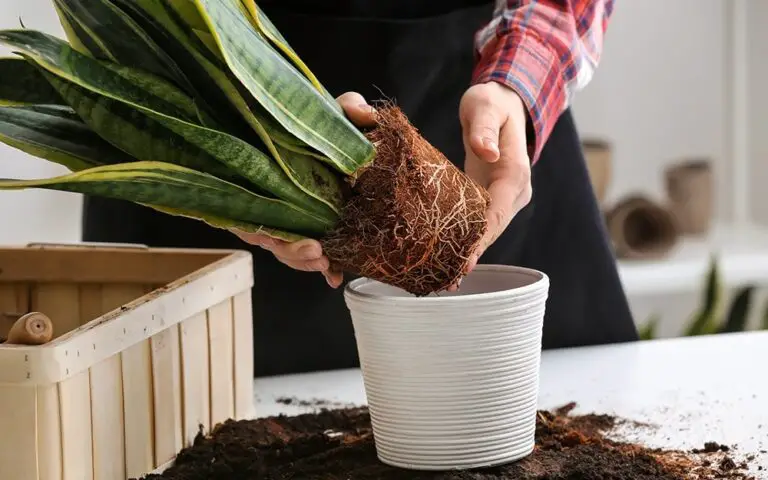Sansevieria Ballyi

Also Known As
At A Glance
Features
Origin
The variety is native to Kenya (East tropical Africa). It was only known to be growing in a Kivuko Hill region, but now it's reasonably common.
Size
The plant leaves are only 6 to 12 cm (up to 5 inches) long. It produces spider-like stolons that grow to about 6 inches (15 cm). The Minnie cultivar has even shorter and stubby leaves and grows just 2 inches wide before it starts sending out stolons. Flower stalks are maximum 6 inches long.
Foliage
S. Ballyi has cylindrical leaves with pointy red-brown tips. They are green colored with pale-green uneven bands. Each leaf is grooved from the base to around 3/4th of its length. Groove margins have red-brown line with white edges. Leaf texture is distinctly rough.
Flower
Flowers are produced on a vertical flower spike rising from the rosette. They are small, creamy white, bottle-shaped and appear in clusters. Although the plant won't die after flowering, it may stop producing leaves. Stolons will continue to grow even after the blooming.
Toxicity
Sansevieria plants are mildly toxic to humans and animals when chewed or ingested. Keep them away from your children and pets to prevent any mishap. Consuming this plant in large quantity can cause vomiting, diarrhea, nausea or drooling.
Growth Season
Most sansevierias grow during warmer seasons like the spring and summer. During winter, they go to a resting state. Flowering usually happens in the spring. Overall, this is a slow growing Sansevieria.
Pests
S. Ballyi is very less likely to be infested by pests. Keep the leaves and soil almost dry. This will prevent problems like root rot and fungal infestations. Flowers might attract some insects and pollinating birds. To avoid this, keep your plants inside during blossom.
Propagation
Plant division is the fast and reliable method for propagation. Leaf cutting also works well but takes some time for root development. You can also root the plantlets at the end of each stolon. Wait until you see stilt roots. When the roots are at least 3 cm long, it can be removed from the stolon and planted in a new pot.
Growing Conditions
Water
This plant is drought-tolerant and doesn't demand daily watering. Allow the top 1-1.5 inch soil to dry completely before each watering. You can water this plant every week during the warmer months. Reduce the watering frequency as the temperature starts to drop. During winters, water once a month or less frequently than that.
Light
Snake plants are known for surviving anything from the full sun to deep shade conditions. However, bright indirect sunlight is considered ideal for the plant growth. Outdoor plants prefer shade or semi-shade in tropical regions. In a non-tropical climate, it can tolerate a full sun. Low light condition may result in darker, longer and thinner leaves.
Soil
S. Ballyi prefers breathable, well-draining soil. Recommended mix is a combination of soil and additives like perlite, pumice, sand, coir etc. The plant will survive in almost any kind of soil mix or soilless medium. Just make sure that the water can drain freely.
Environment
An ideal temperature for this plant is anywhere between 60-85°F (15-29°C). For indoor plants, this is easy to maintain. Although the plant may tolerate as low as 25°F (-4°C) if kept dry, it's best to avoid severe freezing temperatures. Wet soil combined with cold can be fatal for the plant.


